
Santiago de Compostela Landmarks: Explore 10 Iconic Sites
Table of Contents
Santiago de Compostela Landmarks
Santiago de Compostela is a historic city located in the northwest of Spain and renowned for its stunning landmarks and architectural wonders. As the reputed burial site of Saint James, it attracts thousands of pilgrims and tourists alike who come to marvel at its cultural and historical significance. In this article, we will explore the 10 must-visit landmarks in Santiago de Compostela. From the breathtaking Cathedral to charming squares, each site holds a story that reflects the city’s rich heritage. Join us on a journey through this unique destination that seamlessly blends history, art, and spirituality.
Want to find the best travel deals for this destination? get adventure planner with our adventure planning specialist!
1. The Majestic Santiago de Compostela Cathedral: A Pilgrim’s Paradise
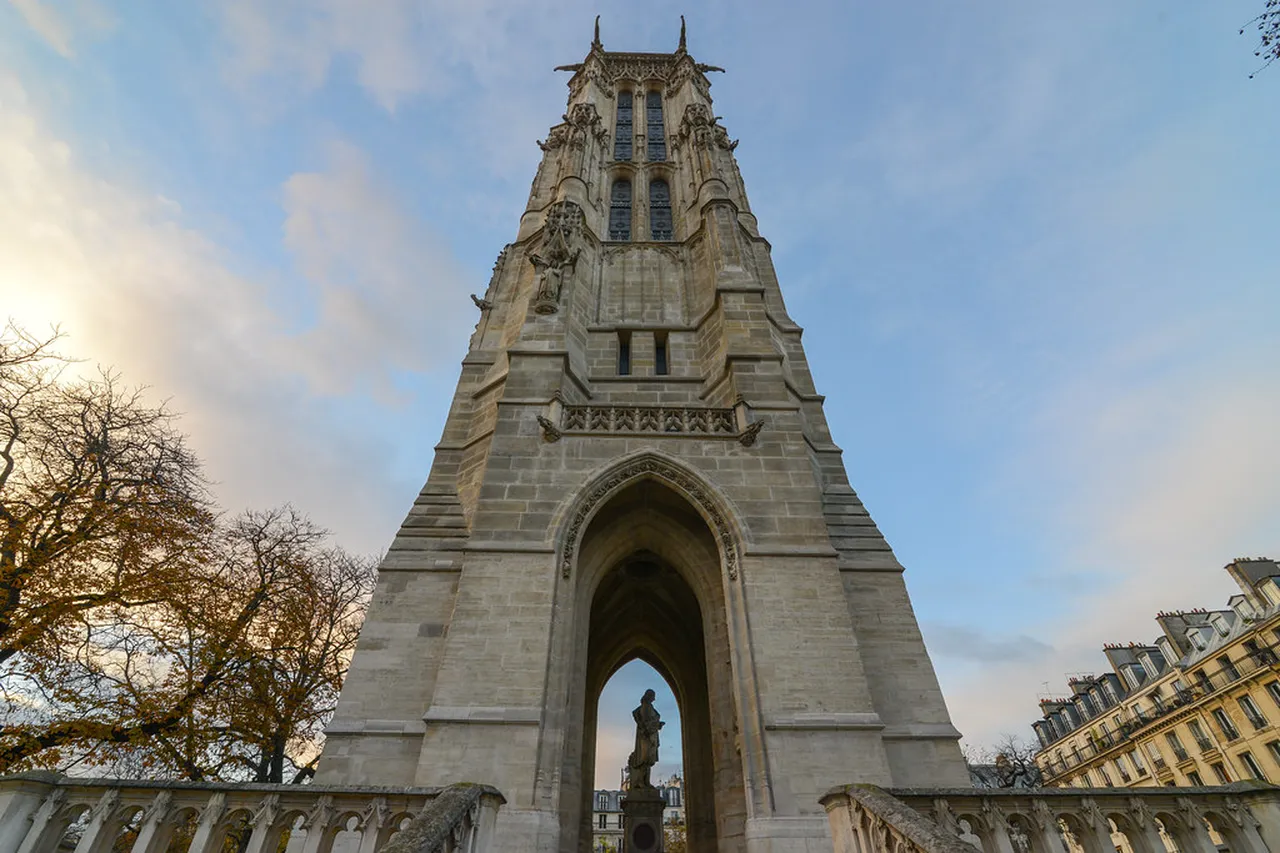
The Santiago de Compostela Cathedral is undeniably one of the most iconic Landmarks associated with the Camino de Santiago pilgrimage. This breathtaking structure not only serves as a significant religious site but also as a stunning example of Romanesque architecture. As you approach the cathedral, you’ll notice its elaborate façade and intricate details that invite curiosity.
Inside, the Botafumeiro swinging incense burner provides a captivating spectacle during certain Masses. Additionally, pilgrims and tourists often express a deep sense of reverence within the sacred grounds. Furthermore, the cathedral holds the tomb of St. James, making it a focal point of Christian devotion.
“A visit to the cathedral is more than sightseeing; it’s an immersion in history and spirituality.”
2. Plaza del Obradoiro: The Heart of the City’s Heritage
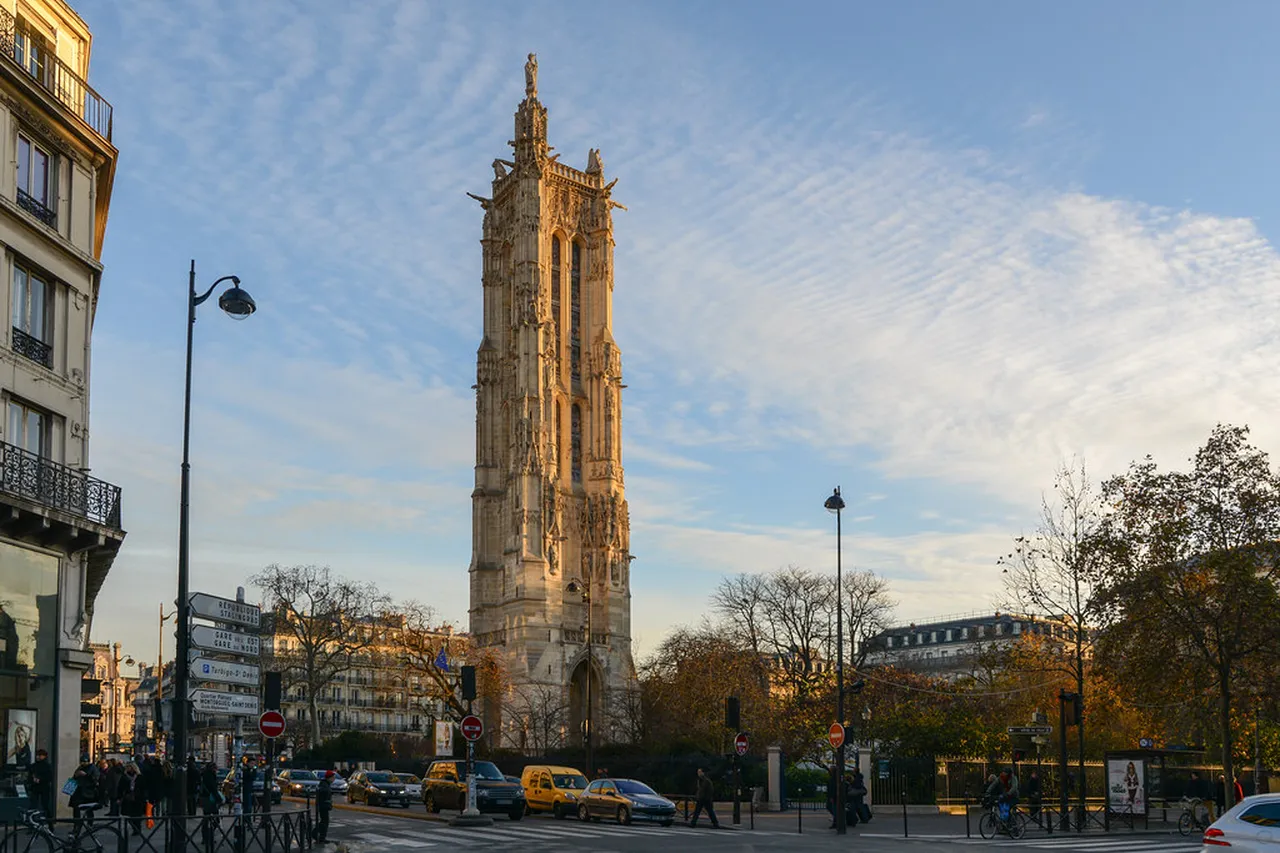
At the heart of Santiago de Compostela lies the remarkable Plaza del Obradoiro. This prestigious square is not only a gathering place but also the setting for historical architecture surrounding it. Here, you can marvel at the stunning façades, including the cathedral, the Hostal de los Reyes Católicos, and the Palacio de Raxoi.
Additionally, Plaza del Obradoiro is vibrant with life, drawing both locals and visitors alike. It’s the perfect spot to rest after exploring the bustling streets of Santiago. For those who appreciate art and Culture, this plaza hosts various events throughout the year. Consequently, it truly embodies the rich heritage and lively spirit of the city.
3. Parque de la Alameda: A Scenic Retreat with Views
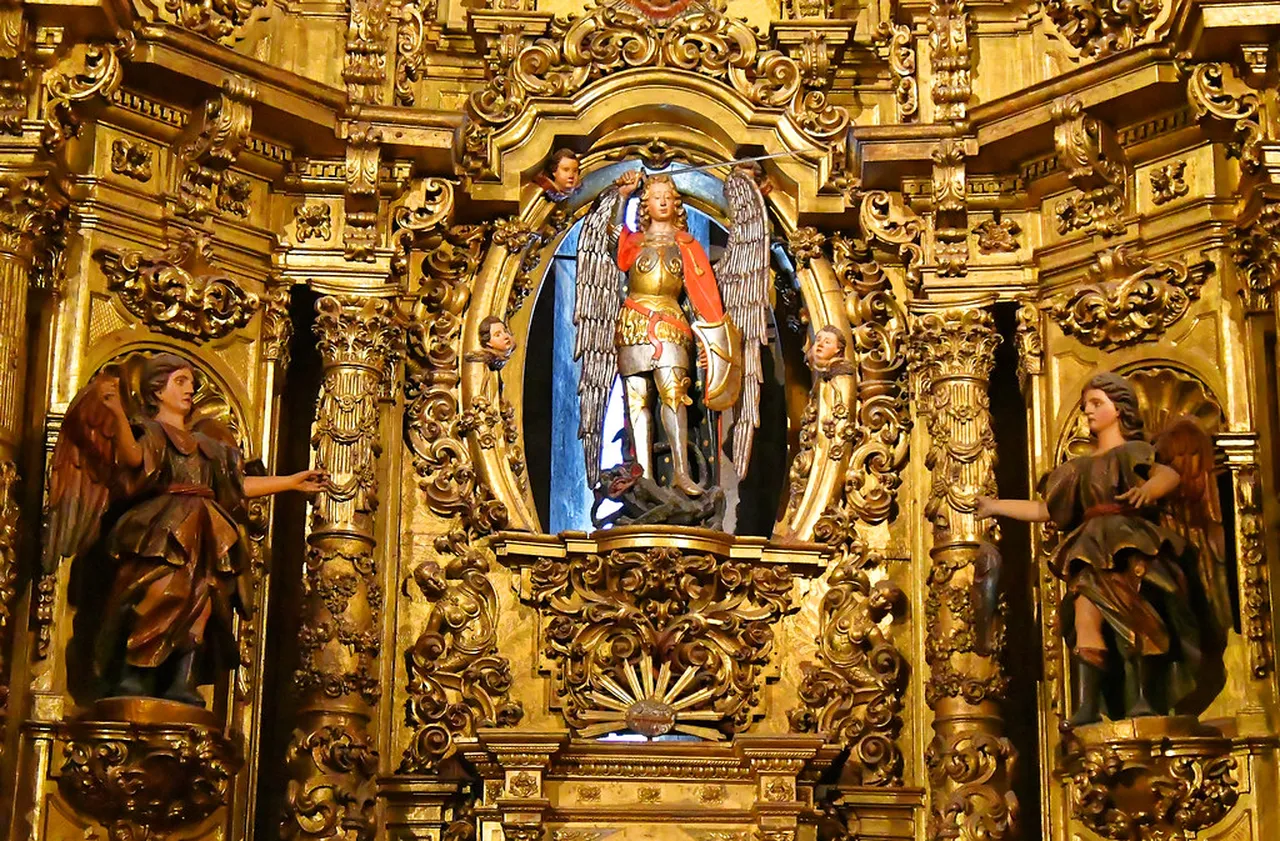
Resting just a short stroll from the city center, the Parque de la Alameda provides a peaceful escape with panoramic views of the cathedral. As you walk through its verdant pathways, you will encounter beautiful gardens, charming fountains, and alluring sculptures that enhance the park’s inviting atmosphere.
Moreover, this park is ideal for leisurely picnics or simply soaking up the sun. What’s more, the viewpoints situated throughout the park offer a perfect backdrop for photographs. Visitors often find themselves enchanted by the vistas, especially at sunset. Hence, don’t miss the opportunity to explore this scenic retreat and capture unforgettable memories.
4. The Historic Hostal de los Reyes Católicos: An Architectural Gem
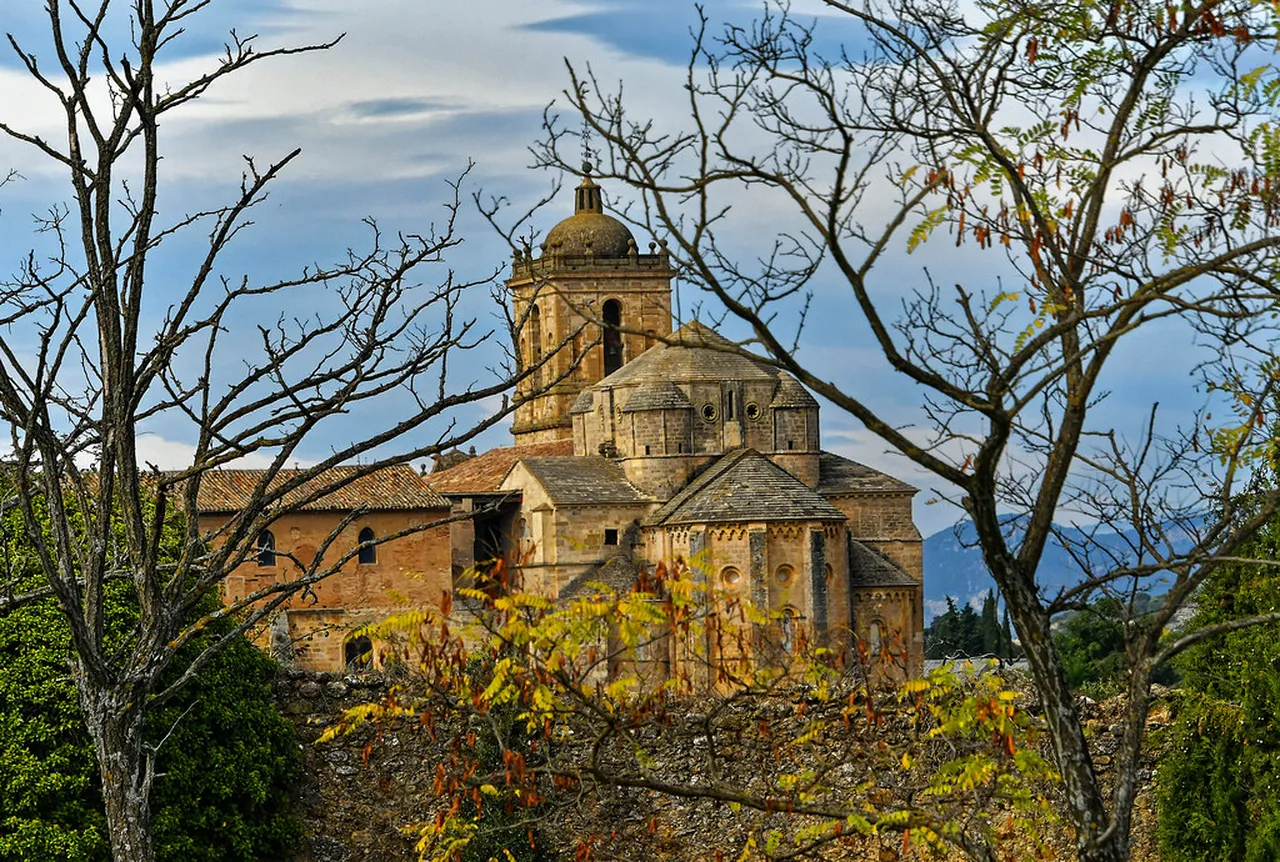
The Hostal de los Reyes Católicos stands as a testament to Santiago de Compostela’s rich history and architectural beauty. Established in the late 15th century, this remarkable structure was originally built as a royal hospital to care for pilgrims. Today, it serves as a luxurious hotel, seamlessly merging historical significance with modern comfort.
As you explore this landmark, you’ll be captivated by its stunning façade, adorned with intricate stone carvings and ornate balconies. Inside, the exquisite Gothic and Renaissance elements reflect the craftsmanship of its era. Additionally, the tranquil interiors, complete with beautiful courtyards, offer a peaceful retreat for visitors.
Pro-tip: Don’t miss out on enjoying a meal at the hostal’s restaurant, where traditional Galician cuisine meets stunning ambiance.
5. Mercado de Abastos: A Taste of Local Culture
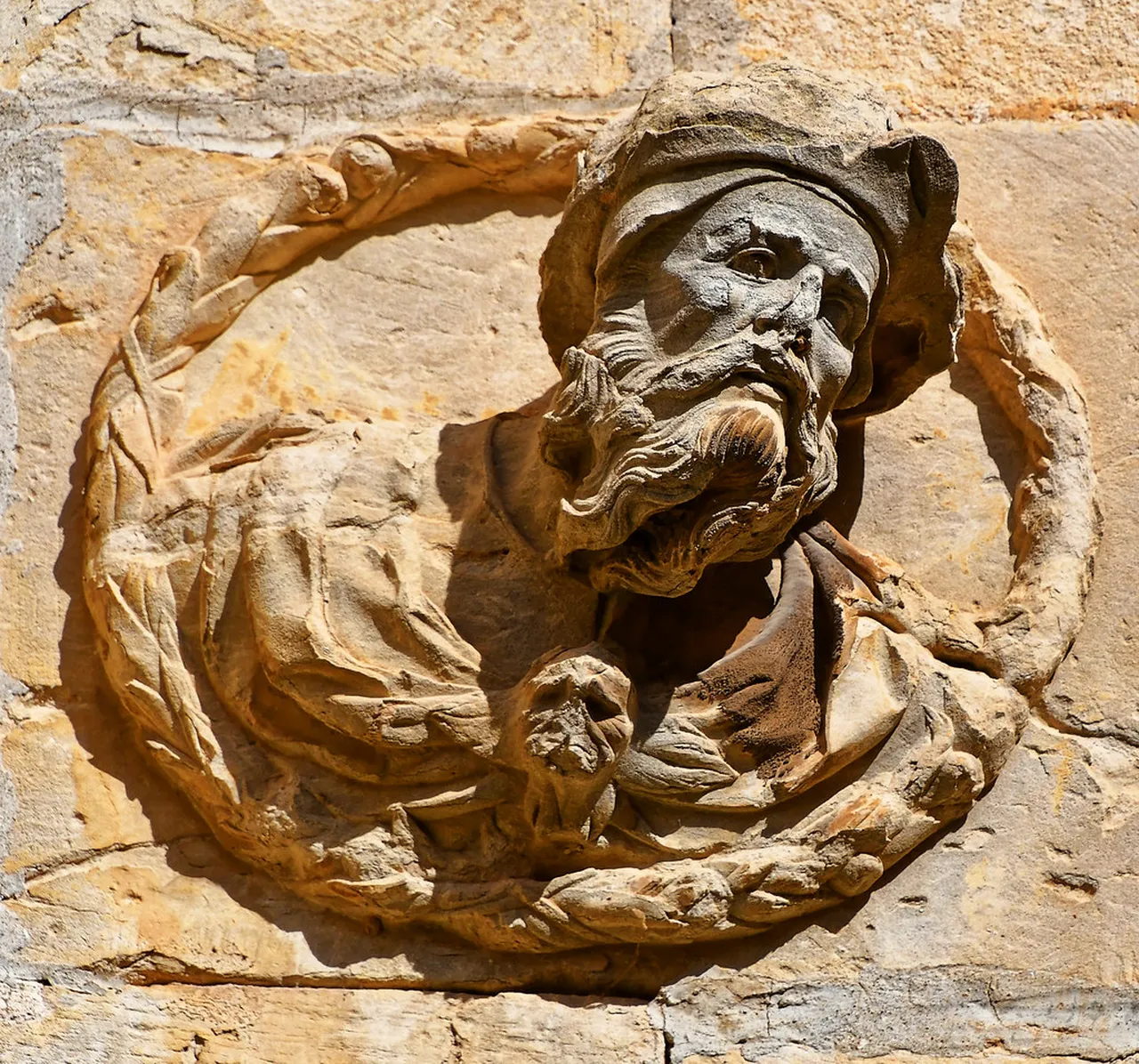
The Mercado de Abastos is a vibrant market that serves as a hub of culinary delights in Santiago de Compostela. This lively market is where locals gather to buy fresh produce, seafood, and artisan products. As you wander through the stalls, you’ll be greeted by the enticing aromas of various foods.
This market is not just for shopping; it also provides an authentic experience of Galician Culture. You can sample delicious tapas from local vendors or sit down at one of the small eateries to savor traditional Galician dishes. Thus, it’s the perfect spot to indulge your taste buds while mingling with locals.
Remember: The market is bustling during weekends, so visit on a weekday for a more laid-back experience!
6. Monastery of San Martin Pinario: A Baroque Marvel
Tip: Discover the best Santiago experiences with Viator Tours!
The Monastery of San Martin Pinario is a breathtaking example of Baroque architecture and a must-visit among Santiago de Compostela Landmarks. Originally a Benedictine monastery, this magnificent building features spectacular facades and intricate details that showcase the artistry of the period.
Upon entering, the stunning interior spaces — such as the grand church and cloister — leave visitors in awe. The rich history surrounding this site only enhances its allure. Additionally, it houses an interesting museum that delves into its past, making it not just an architectural gem but also a cultural treasure.
Key tip: Consider attending a mass or concert at the monastery to experience its acoustics and atmosphere fully.
7. The Convento de San Francisco: A Blend of History and Tranquility
The Convento de San Francisco stands as a testament to Santiago de Compostela’s rich historical tapestry. This magnificent convent, dating back to the late 13th century, showcases stunning Gothic architecture that captivates visitors at first glance. As you approach, the atmosphere is filled with a profound sense of peace, making it an ideal place for reflection.
Furthermore, the convent is surrounded by lush gardens where one can wander leisurely. The tranquility of these gardens offers a perfect escape from the bustling city streets. In addition, the convent’s museum contains invaluable religious artifacts that delve into the intricate history of Galician spirituality.
As you explore the convent, take a moment to appreciate its intricate chapels. Each chapel tells a story, reflecting the blend of art, Culture, and spirituality that defines Santiago de Compostela Landmarks.
8. The City of Santiago’s Museums: A Dive into Galician Heritage
The museums in Santiago de Compostela provide an enlightening glimpse into Galician heritage. Notably, the Museum of the Galician People offers extensive exhibits that highlight the region’s traditions, history, and cultural significance. Tourists, as well as locals, often frequent this museum to learn more about their roots.
Moreover, the Cathedral Museum adjacent to the iconic Santiago de Compostela Cathedral showcases an expansive collection of religious art and relics. Visitors will find that each exhibit narrates a part of Santiago’s story. It’s essential to take note of the impressive altarpiece and the beautiful tapestries that decorate the halls.
Additionally, museums such as the City History Museum enrich your understanding of Santiago’s evolution. To maximize your experience, consider joining guided tours that delve deeper into the fascinating narratives of these Galician Landmarks.
9. Rúa do Franco: A Culinary Journey Through Historical Streets
Rúa do Franco is an essential stop for food lovers exploring Santiago de Compostela. This bustling street is famous for its rich culinary scene, where visitors can savor authentic Galician dishes. From pulpo a la gallega (Galician-style octopus) to delectable tapas, there is something to satisfy every palate.
What makes Rúa do Franco even more appealing is its charming atmosphere. The lively ambiance, coupled with the historic architecture surrounding the street, creates a delightful dining experience. Many establishments, such as Casa de Xantar and O Pazo, are well-known for their exceptional service and local ingredients.
As you indulge in the local cuisine, don’t forget to sample Galician wines. These often complement the dishes wonderfully. Overall, a stroll through Rúa do Franco promises a satisfying blend of history and gastronomy in this remarkable city.
10. The Pilgrim’s Office: Gateway to Santiago’s Spiritual Journey
Located in the heart of Santiago de Compostela, the Pilgrim’s Office serves as a significant point of entry for those embarking on their spiritual journey. This office is essential for every pilgrim who arrives in the city after traversing the famous Camino de Santiago routes. Not only can you collect your Compostela, an official certificate of pilgrimage completion, but you can also glean valuable information about local accommodations and services.
Moreover, the office staff are incredibly supportive, offering assistance in multiple languages. They provide maps, guides, and insider tips on the best routes to take. For pilgrims, it’s a place to share stories, connect with others, and reflect on their journey.
Pro Tip: Make sure to visit early in the day to avoid long queues, especially during peak pilgrimage seasons.
In summary, the Pilgrim’s Office is not just an administrative hub; it embodies the spirit of camaraderie and respect for the journey each pilgrim undertakes.
Santiago de Compostela is a treasure trove of stunning landmarks that embody the history and culture of this remarkable city. From the iconic Cathedral to the charming squares and local markets, these sites offer a glimpse into the rich tapestry of life in Santiago. Visiting these landmarks is not just a journey through space, but also one through time, inviting you to connect with the stories of those who have walked before you. Which Santiago de Compostela landmark are you most excited to explore? Share your thoughts and experiences in the comments below, and let’s delve deeper into this captivating city together.